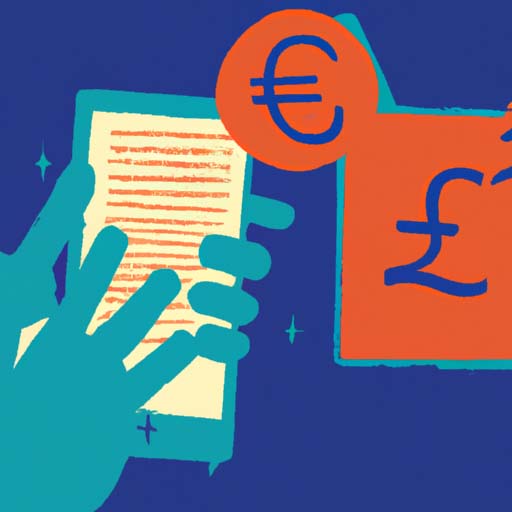From Garage to Global: Apple’s VC Story
When we think of Apple, we often picture sleek, innovative products like the iPhone, Macbook, and Apple Watch. But just like any successful company, Apple had humble beginnings. In this article, we will explore Apple’s journey from a small garage startup to a global tech powerhouse, focusing specifically on its evolution through various funding rounds. Get ready to delve into the fascinating story of how Steve Jobs and Steve Wozniak turned their vision into reality.
The Early Days: Apple’s Birth in a Garage
It all began in 1976 when Steve Jobs and Steve Wozniak founded Apple Computer, Inc. in Jobs’ parents’ garage. Armed with their passion for technology and a vision to build user-friendly computers, the duo set out to disrupt the computing industry.
Despite having limited resources, Jobs and Wozniak managed to design their first product, the Apple I, which consisted of a single circuit board. To fund the development of their innovative creation, they needed external investment, leading them to their first venture capital (VC) funding round.
Venture Capital Funding: The First Leap
In 1977, Apple secured funding from VC firm Sequoia Capital, which provided them with $1.5 million. This injection of capital allowed Apple to expand its team, further develop the Apple II, and promote their products. With a solid foundation in place, Apple’s sales soared, generating over $200 million in revenue by 1980. The success of their products led to Apple’s first initial public offering (IPO).
Going Public: The IPO Phenomenon
In December 1980, Apple went public, offering its shares to the general public for the first time. This move transformed Apple into a publicly traded company, catapulting its value to approximately $1.2 billion. The IPO made Steve Jobs a multimillionaire and fueled Apple’s growth.
With newfound financial strength, Apple continued to innovate and release groundbreaking products like the Macintosh, which revolutionized the personal computer industry. However, as competition intensified, Apple faced challenges, and Jobs himself was ousted from the company in 1985.
The Return of Steve Jobs: A New Era
After a turbulent period, Steve Jobs returned to Apple in 1997, and the company underwent a significant transformation. Jobs shifted Apple’s focus to consumer electronics, introducing game-changing products like the iMac, iPod, and eventually the iconic iPhone.
To support these ambitious endeavors, Apple sought further VC funding. In 1997, Microsoft invested $150 million in Apple, helping stabilize the company and strengthen its position in the market. This unexpected partnership brought Apple back from the brink of financial collapse and set the stage for its future success.
The Big Leaps: Funding Rounds and Strategic Acquisitions
As Apple continued to reinvent itself, it attracted significant attention from investors. Successful funding rounds and strategic acquisitions played a vital role in shaping Apple’s evolution.
In 2001, Apple launched the iPod, which revolutionized the music industry. To support its growth, Apple acquired several companies, including Fingerworks (touchscreen technology), Logic Pro (audio software), and PA Semi (semiconductor design). These strategic acquisitions fueled Apple’s expansion into new markets and solidified its position as a technology innovator.
Another game-changer came in 2007 with the introduction of the iPhone. This iconic device not only transformed the mobile phone industry but also propelled Apple’s market capitalization to new heights. With each subsequent iPhone release, Apple’s financial success grew exponentially.
The Rise of Apple’s VC Empire
Apple’s success and innovation in the technology sector allowed the company to accumulate a massive cash reserve, making it a formidable player in the venture capital space. Apple’s venture capital arm, Apple Ventures, invests in startups and emerging technologies, leveraging its expertise and resources to foster innovation.
Showcasing its commitment to entrepreneurship, Apple launched the Apple Entrepreneur Camp in 2019, providing support and guidance to underrepresented founders in the app development space.
The Legacy Continues
From its humble beginnings in a garage to its position as one of the most valuable companies globally, Apple’s journey has been nothing short of remarkable. Through strategic funding rounds, innovative products, and a focus on user experience, Apple has solidified its place as a tech giant. As we look toward the future, it will be fascinating to see how Apple continues to innovate and shape the world we live in.







